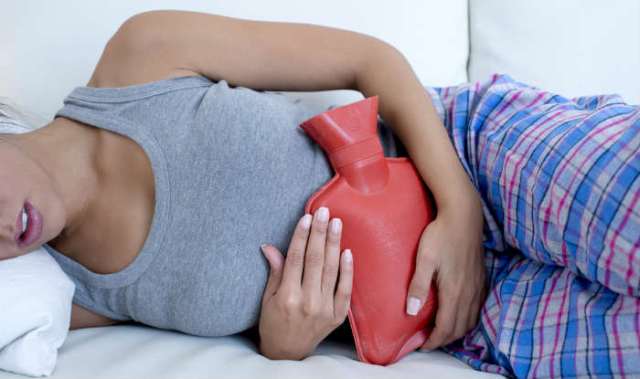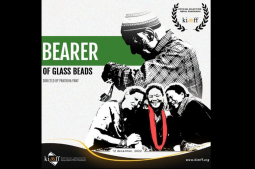
A survey was conducted with higher secondary adolescent girls of Nepal Rastriya College Tarkeshwor Municipality, Kathmandu to address the practices and knowledge sharing on menstrual hygiene.
Menstruation is a transitional stage of physical, psychological, and social maturing from puberty to adulthood. It is part of the female reproductive cycle that starts when girls become sexually mature at the time of puberty. There is growing recognition of biological, psychological and social factors that adolescent face many different health risk and problems. During a menstrual period, a woman bleeds from her uterus via the vagina. The menstrual rhythm depends on the hypothalamus-pituitary-ovarian function whereas the amount of blood loss depends upon the uterine contraction. The menarche or time of onset of menstruation varies with race and family, but the average for most girls is from 10-14 years until 45-55 years. Geographical conditions, racial factors, nutritional standards, environmental influences, and indulgence in strenuous physical activity can all affects the age of menarche. A woman will have approximately 500 periods in her lifetime. The estimated blood loss is between 50 ml and 200 ml.
Many studies within our country and abroad showed the poor status on knowledge and practices regardingmenstruation and menstrual hygiene.To identify the knowledge and practice of menstrual hygiene and to find out the different health problems faced during menstruation, a survey was conductedamong higher secondary level adolescent girls. The semi-structured questionnaires were distributed for self-administration to all 381 girls. Data was analyzed by using frequency and percentage.The study shows that, more than (67.5%) girls had known about menstruation even before their menarche and (97.9%) recognized menstruation as normal physiological process. Also more than (64.8%) correctly identified uterus as where the menstrual blood comes from, only (93.6%) used disposable sanitary pads, while remaining (6.4%) used reusable cloths. It was also found that during menarche (74.8%) slept in others house, while only 94 girls (24.7%) slept in their own house. It was found that 110 girls had missed more school days due to pain and discomfort during menstruation period. Regarding practices, the cleaning of genitals was (81.1%) during changing ofabsorbent materials/cloths. The study shows that more than 95 percent respondents have good knowledge on menstrual hygiene whereas; only around 2 percent of the respondents have poor knowledge.
Some of the recommendations for the knowledge and practice of menstrual hygiene were the girls should be educated about the facts of menstruation and its physiological implications, the significance of menstruation and development of secondary sexual characteristics, selection of a sanitary menstrual absorbent (napkins/pads) and its proper disposal. There is a need for compulsory sex education and health education on menstrual hygiene starting from earlier level in school so that they can discuss freely about it without hesitation. There is a need to tackle gender inequalities through women empowerment for meaningful participation in decision-making and management of development programs to prioritize menstrual hygiene and other related issues. The cultural taboos and practices surrounding menstruation should be avoided by both women and men to lessen burden on the girls.
Manisha Basnet






Leave A Comment